I'd like to learn to do hot repairs to tires. For old bias ply type tires and farm equipment. Any chance one of you would happen to know some about this?
"Hot patches" are a thing of the past. Both the Tire Industry Association and the Rubber Manufacturers Association specifically say "hot patching" tires should not be done. All you're doing is burning away the vulcanizing cement which does the job of chemically bonding your patch to the tire.
That being said, back in the day before I knew any better, we would hot patch as follows:
Demount tire
Remove road debris or whatever punctured the tire
Ream out the hole with a carbide drill bit and a drill operating @ low rpm
Treat inner liner of the tire with rubber prep or buffing lube around the area to be patched/ plugged
Rake the area to remove the inner case liner ( kinda a waxy coating that helps keep air from permiating out)
Insert plug and trim flush with tire ( this is if using a 2 piece patch/plug)
Using buffing wheel buff inner case liner and plug until the rubber has a velvet like feel
Vacuum out all rubber dust from the drilling and buffing
Apply vulcanizing cement
. ........this is when we would light the cement on fire....
After a few seconds blow out the flame
Apply patch
Use a roller to press the patch on
Coat the whole thing with repair sealant
Last edited:
These days we skip the part when you light the cement and instead let the cement sit for a few minutes and dry until it has a dull hazy appearance. Then apply the patch.
Key thing is to scrape away all the case liner and buff the tire down til its like velvet. Be careful not to go down too far and expose the belts. If you buff it down just right the vulcanizing cement does just that.....vulcanizes your patch to the tire.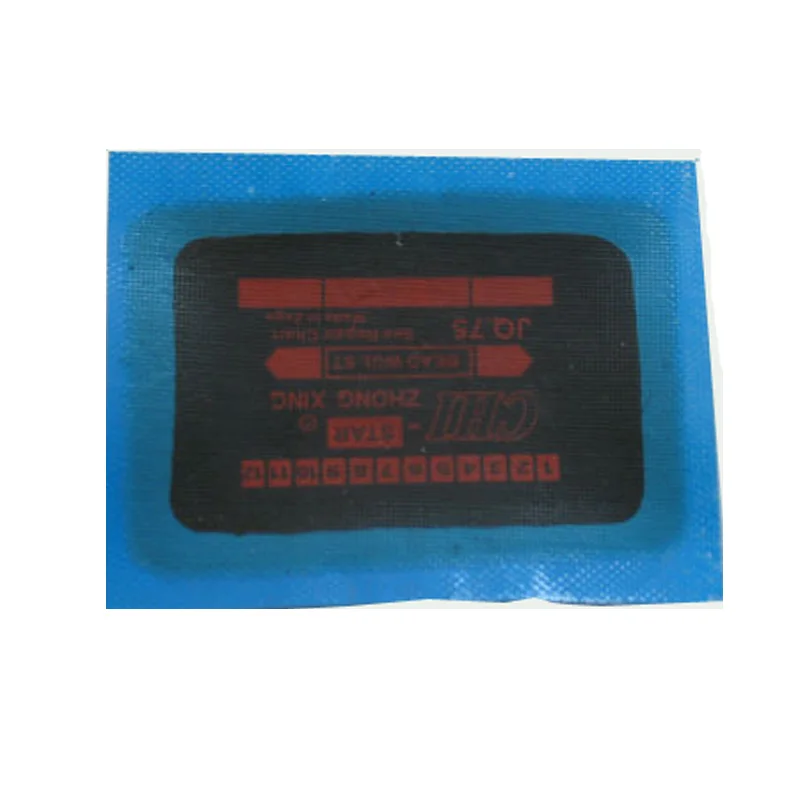 Its not glue. It chemically bonds the surfaces
Its not glue. It chemically bonds the surfaces
Last edited:
No No, I mean like putting rubber back in where rubber once was. Think holes, not punctures. Besides my tires don't take patch cement. I've tried buffing, sanding, scraping. Cleaning with brake cleaner, alcohol etc. The patch just peels off.
I've taken to patching the tube, and using pull through tire plug / patch combo with black rtv to seal the tire.
I want to be able to repair tractor tire side walls.
Any and all sidewall repairs I've done or seen done where total jerry rigs.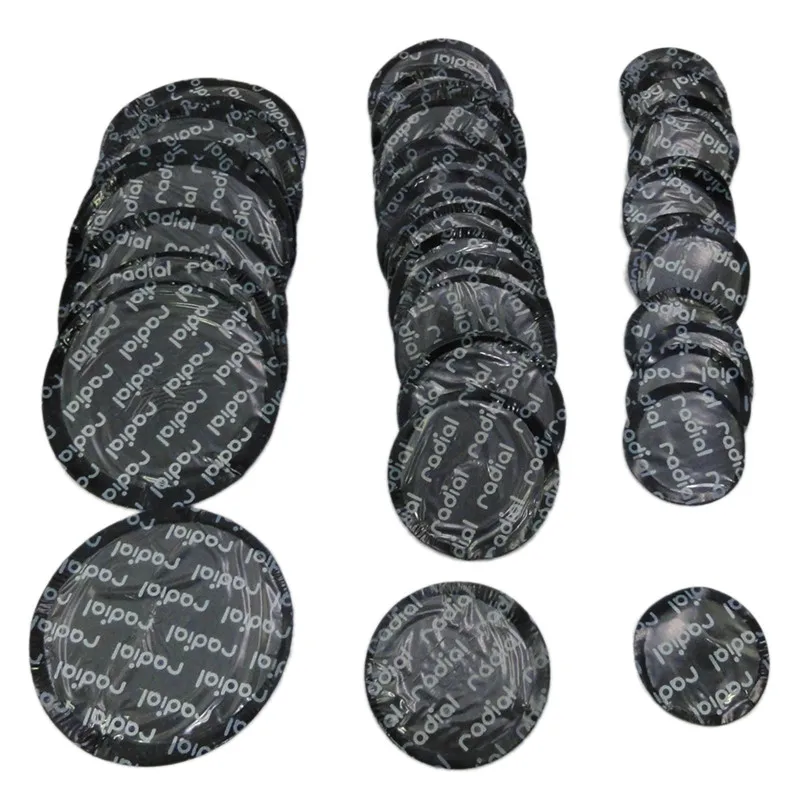 Just enough to send someone limping down the road with no guarantee it was gonna hold. If there is a chunk out of a tire and the belts have become visible I wouldn't do anything but replace it. Have you seen a tire have a zipper rupture in the sidewall?
Just enough to send someone limping down the road with no guarantee it was gonna hold. If there is a chunk out of a tire and the belts have become visible I wouldn't do anything but replace it. Have you seen a tire have a zipper rupture in the sidewall?
I have. The debris will literally tear off a limb....
I too have had trouble getting patches to stick. Usually only on riding mower or other small tires where you can't do much buffing. In those cases I just put a tube in them. As long as there is some meat left in the tread.
What's this for? If its not driven on the road or at speed and its just something you tool around on your property with then put a fresh tube in it. Even if its a "tubeless" tire.
Actually, the hot patch process is where you buy these special patches with some kind of flammable stuff on one side of it and you use a specially made press that will fit the patch (all patches I've ever seen were diamond shaped).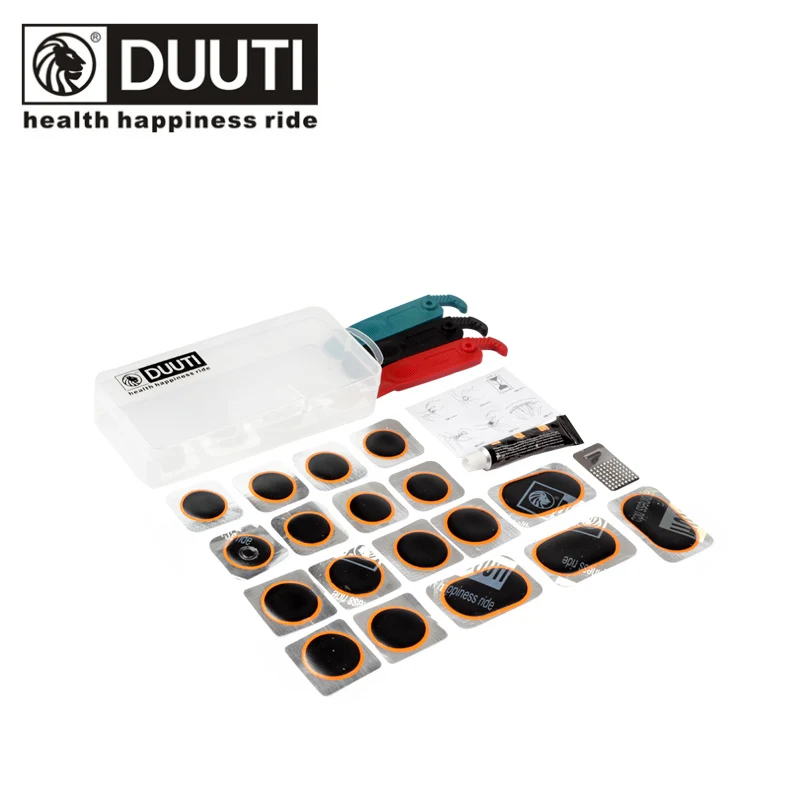 You put the patch on the tube, clamp it in the press, and set it on fire. When it cools off you're done and no vulcanizing cement is used. It's a old process that was used before they came out with vulcanizing cement.
You put the patch on the tube, clamp it in the press, and set it on fire. When it cools off you're done and no vulcanizing cement is used. It's a old process that was used before they came out with vulcanizing cement.
I haven't seen any of these hot patches in years and don't even know if they are still available but the process worked really well. I also don't think you can use it for anything but tubes because I don't know how you'd get the press to work with a tire. I've still got a old patch press and would use it if I could find some hot patches.
I'm not sure that vulcanizing large sections of tires is something you can do at a home shop. I know that there is a place in Nashville that will do vulcanizing repairs on tires if the repair section isn't too big. I took them a tractor tire that had about a 6" cut in the sidewall and they said it was too big to fix.
m16ty said:
Actually, the hot patch process is where you buy these special patches with some kind of flammable stuff on one side of it and you use a specially made press that will fit the patch (all patches I've ever seen were diamond shaped).
You put the patch on the tube, clamp it in the press, and set it on fire. ....
Click to expand...
Yup, used those many times on my bicycle and mower tubes back in the 70's. Good lord I'm old!
It was a cardboard like stuff in metal that burnt slowly. It worked well.
Setting fire to cement is certainly bad, it isn't hot patching. In hot patching, the patch is vulcanized or changed from a gummy rubber to a cured, harder rubber. Think bubble gum for unvulcanized rubber.
Tire shops had electric patch heaters but self contained slow match type heaters were produced, these used potassium nitrate infused carbon or cotton in a metal iron to clamp the patch down to the tire/tube. The heater would have correct temperature time constant to properly vulcanize the patch.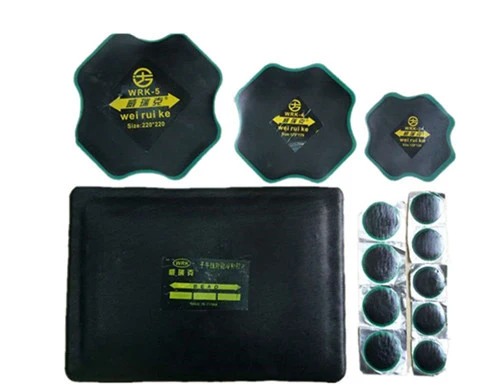
modern chemistry has made these unnecessary, synthetic cements work just as well.
Leave a Comment / Auto articles, auto essentials, Auto maintenance, Auto Repairs, Automotive Costs, Basic Auto Problems, Columbia SC, Repair Help, Tires, Wheel Problems / By admin
Plugs used to be utilized because they were a quick fix and pretty reliable. If the damage was something little, like a nail, a tire could be repaired in minutes.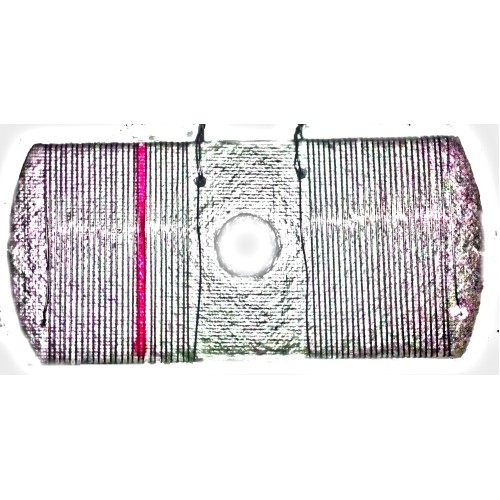 Of course, if the damage was worse, like a slice, patching was preferred because it could completely seal whatever shape or area needed to be covered.
Of course, if the damage was worse, like a slice, patching was preferred because it could completely seal whatever shape or area needed to be covered.
When radial tires became more common, it didn’t take long to discover that the plugs were warping the tires, in turn, making them ride differently. That\’s about the time that patching became the favored method of tire repair. There were also two methods of patching that could be utilized, either cold or hot application processes.
Today there are plugs designed to repair radial tires that are self-vulcanizing. This means they heat up as you drive causing them to “melt” into your tire and fusing into one piece. This is why we now see tire plugging again becoming the preferred method. Plugging is always a much faster tire repair. But just like before, if a tire is cut or sliced, patching is your best option.
A cold patch, if applied correctly, will work great.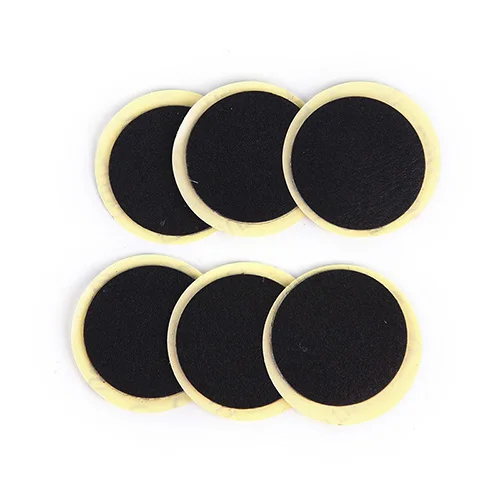 It does require buffing the inside of your tire and the application of a type of cement. The appropriate sized tire patch is then placed over the damaged area and then must be sealed to the tire using a special tool. While this method works fine, it can easily be done incorrectly, causing the patch not to seal, and leaving you with a leaking or flat tire all over again.
It does require buffing the inside of your tire and the application of a type of cement. The appropriate sized tire patch is then placed over the damaged area and then must be sealed to the tire using a special tool. While this method works fine, it can easily be done incorrectly, causing the patch not to seal, and leaving you with a leaking or flat tire all over again.
The hot patching method is much like the cold patch method, but the tire patch gets heated and is melted onto the inside of your tire. The benefit of using the hot patch method is that your patch and tire get melted into one piece again. Patching a tire using this method also requires a special heating clamp tool.
With the plugs available for today’s radial steel belted tires, the plugging method of tire repair is back to being the preferred choice. Plugging a tire costs less and only takes a few minutes to complete. Patching a tire using either of the methods will take longer and usually costs you at least twice as much.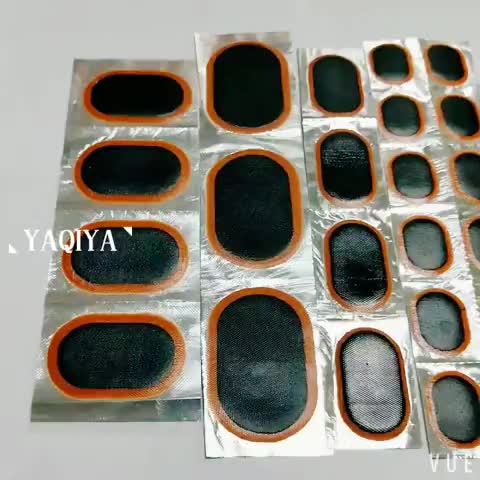
Author: Aleksey Kokorin
Experienced drivers are not surprised by such a trifle as a puncture, but for the first time beginners usually get confused in the sequence of actions, forget about important details and do not know what to do with a punctured wheel even in a tire shop - especially if they start offering choose from several options or intimidate with expensive repairs. Let's set up an operation algorithm when a flat tire is detected and figure out what to do right away and what to choose later.
What to do when you find a puncture
Having found a flat tire, first of all you need to stop in a safe place, turn on the emergency alarm, assess visibility and, if necessary, set an emergency stop sign: according to traffic rules, it is installed at least 15 meters from the car in built-up area and at least 30 meters outside the built-up area.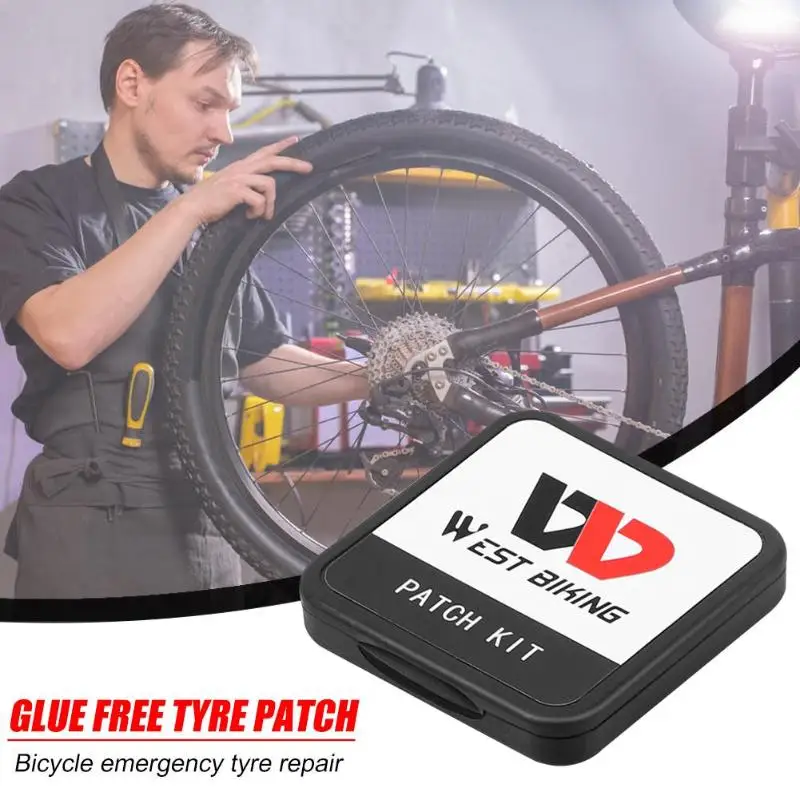 When choosing where to stop, consider the space to the side of the vehicle to handle a flat tire. You should not stop right on the road and in places where stopping and parking are prohibited: even if a punctured wheel belongs to the conditions of a forced stop, it is quite possible to drive several tens of meters on it to choose a safe and convenient parking place. At night or in conditions of limited visibility (for example, in fog or rain), it is imperative to wear a vest with retroreflective elements - this is required by clause 2.3.4 of the SDA and common sense.
When choosing where to stop, consider the space to the side of the vehicle to handle a flat tire. You should not stop right on the road and in places where stopping and parking are prohibited: even if a punctured wheel belongs to the conditions of a forced stop, it is quite possible to drive several tens of meters on it to choose a safe and convenient parking place. At night or in conditions of limited visibility (for example, in fog or rain), it is imperative to wear a vest with retroreflective elements - this is required by clause 2.3.4 of the SDA and common sense.
Now you can start working on the wheel. We will sequentially consider several options for action, and then move on to ways to repair a damaged tire.
The most obvious solution to a flat tire is to replace it. If you have a spare tire that you are sure is in good condition, the best option is to install it and visit a tire shop to repair a punctured tire - such repairs will be more reliable and of high quality than doing it yourself.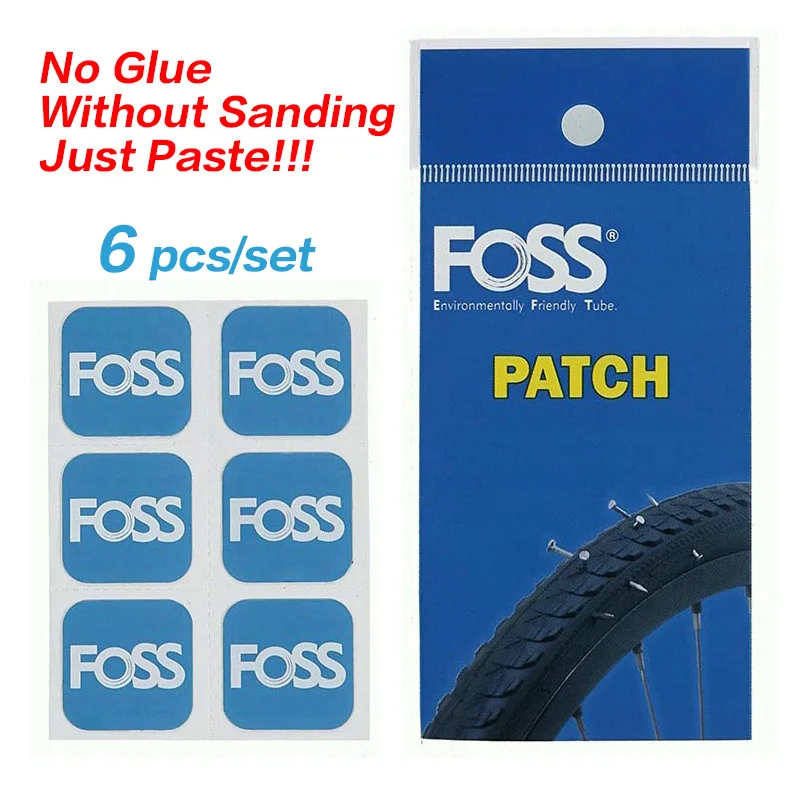
If you don't have a suitable spare tire, but you do have a pump or compressor, you can assess the damage to the tire and try to pump it up again to get to the tire shop. It is better to start searching for an air leak with a valve (aka “nipple” or “nipple”): often a faulty spool becomes the cause of a flat tire. It is easy to check it: unscrew the protective cap (if there is one), pour water on it (or slobber it, as in childhood): air bubbles will leak. In this case, you can try to replace the spool valve by unscrewing it and screwing in a new one, but if there is no new valve, as well as a store nearby, you can try just unscrewing and screwing it back in. Regardless of whether it helped or not, you need to visit a tire shop to replace the entire spool or valve.
If the valve is tight and the tire is flat, it is most likely a puncture. The easiest way to find a puncture that is free of foreign objects is to pour water on the tire while looking at the surface: the damage will reveal itself as air bubbles.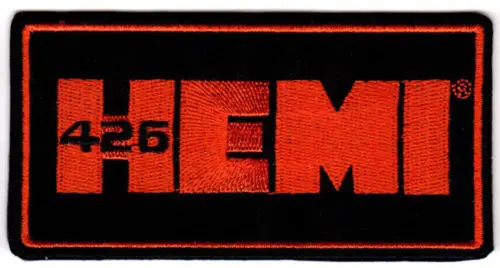 However, often the cause of the puncture can be found along with it: a self-tapping screw, nail or other arbitrary object sticking out of the wheel will clearly indicate the place of depressurization. In this case, you do not need to immediately remove the foreign object from the tire: it partially seals the hole, and if the pressure loss is slow, you can try to pump up the wheel and drive to the tire shop.
However, often the cause of the puncture can be found along with it: a self-tapping screw, nail or other arbitrary object sticking out of the wheel will clearly indicate the place of depressurization. In this case, you do not need to immediately remove the foreign object from the tire: it partially seals the hole, and if the pressure loss is slow, you can try to pump up the wheel and drive to the tire shop.
The same goes for wheels that are leaking from the rim or from a faulty valve. Usually, in this case, the air is bled slowly, and you can pump up the wheel and have time to get to the place of repair. By the way, rim leakage can occur due to disk deformation upon impact - for example, when hitting a pit with sharp edges. Such situations are fraught with damage to both the disk and the sidewall of the tire, in which case the disk will need to be corrected, and the tire repaired or even replaced. To avoid rim leaks, you need to inspect the rims every time you change tires.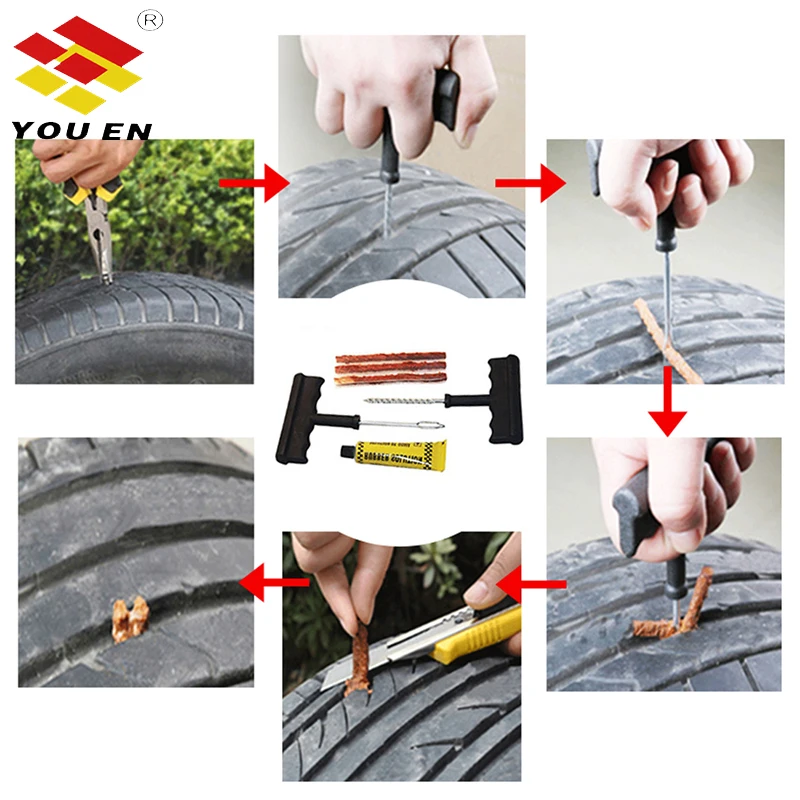 The loss of tightness occurs either due to corrosion or due to disc deformation, and not only steel, but also light alloy wheels can corrode. So if you see paint blistering or rust on the rim, the tires need to be put on rim sealant: when changing tires, this will be cheaper than the subsequent removal and re-tire to fix a leak on the rim.
The loss of tightness occurs either due to corrosion or due to disc deformation, and not only steel, but also light alloy wheels can corrode. So if you see paint blistering or rust on the rim, the tires need to be put on rim sealant: when changing tires, this will be cheaper than the subsequent removal and re-tire to fix a leak on the rim.
If you find a puncture, but there are no foreign objects in it, and you do not have a spare wheel and tire repair kits, there is another popular method of temporary "repair". You can screw a self-tapping screw into the found hole - if, of course, you have one. In extreme cases, you can look for a self-tapping screw in the cabin by unscrewing it from some interior detail. This method cannot be called reliable: it is unlikely to ensure complete tightness of the wheel, but at least it can help you get to the nearest tire shop.
And a couple more useful remarks. If the wheel is completely flat, then it is easier to inflate it without a spool: the latter must be unscrewed, then the tire must be inflated and quickly screwed back in. The fact is that the spool itself, when inflated, resists the compressor, and in the event of a loose fit of a flat tire to the disk, the power of a simple magazine compressor may not be enough, and the absence of a spool helps to increase air flow and facilitate the operation of the compressor. If this does not help, you can jack up the car by hanging a flat tire: this will improve the fit of the tire to the disk, and the chances of inflating the tire will increase.
The fact is that the spool itself, when inflated, resists the compressor, and in the event of a loose fit of a flat tire to the disk, the power of a simple magazine compressor may not be enough, and the absence of a spool helps to increase air flow and facilitate the operation of the compressor. If this does not help, you can jack up the car by hanging a flat tire: this will improve the fit of the tire to the disk, and the chances of inflating the tire will increase.
On-Site Repair Methods
Now let's look at options for repairing a tire yourself using special materials that you should carry with you or, if a puncture caught you in the city, buy it at the nearest auto shop.
1. The most common, cheapest and easiest way to do it yourself is to install a raw rubber band. The harnesses are sold complete with an abrasive awl to expand the hole in the tire and improve the contact of the repair harness with its edges, as well as a needle for installing the harness and an adhesive to fix it and at the same time seal the puncture.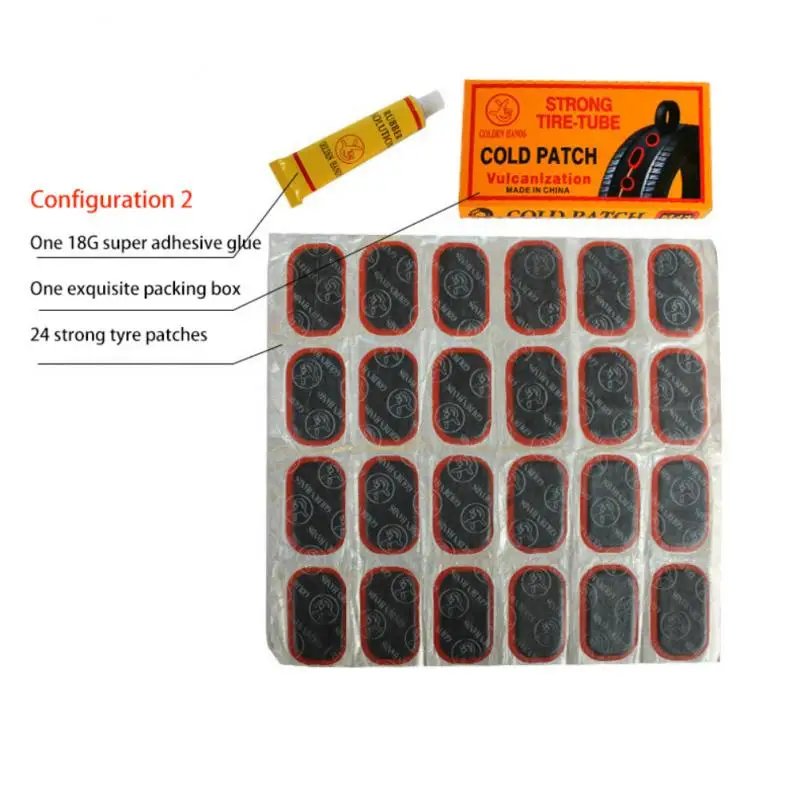 When choosing a repair kit in a store, you should pay attention to the following nuances:
When choosing a repair kit in a store, you should pay attention to the following nuances:
Install the harness in the following order. First, the found hole is expanded with an abrasive awl - you need to insert and remove it several times into the puncture site. Then the tourniquet is inserted into the eye of the needle, and glue is applied to it. After that, the needle with the tourniquet must be inserted into the hole in the tire and pulled out sharply - so that the tourniquet remains in the hole, and the needle comes out without it. If everything worked out, it remains only to cut the end of the harness flush with the surface of the tire and pump up the wheel.
The advantages of repairing with a harness are quite decent reliability, simplicity and low cost.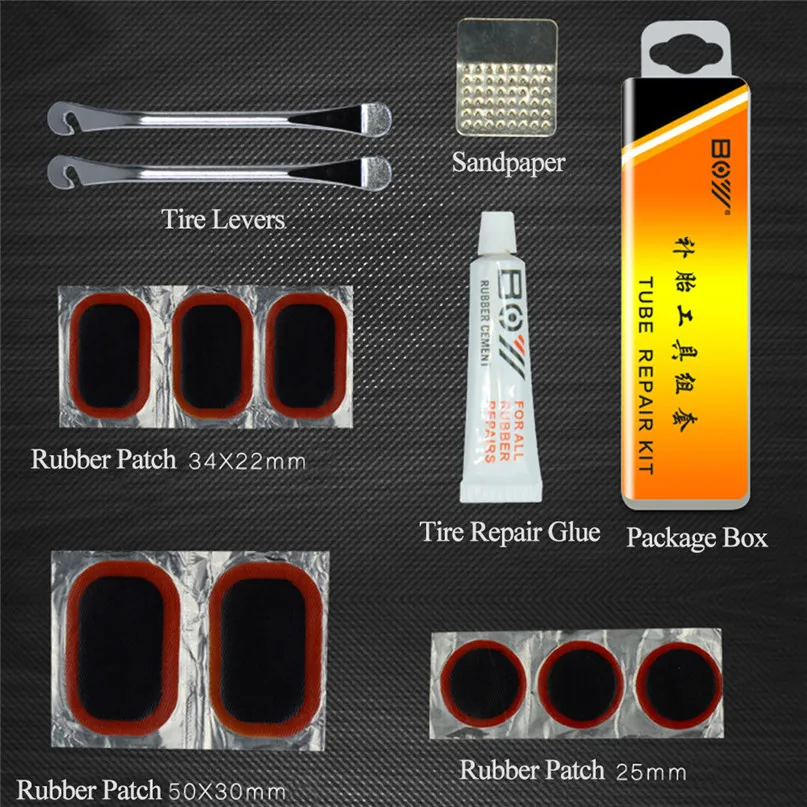 On a well-repaired tire, you can drive for a long time, and if the repair site starts to poison, you can either replace the harness or have the tire repaired in a quality service. Among the minuses is the possibility of damaging the cord during installation, as well as lower reliability compared to “full-fledged” repair methods in a tire shop. Strictly speaking, the tourniquet is still a temporary repair, so if it is possible to pump up the wheel and get to the tire fitting, then it is better not to enlarge the hole in the tire and get to the experts.
On a well-repaired tire, you can drive for a long time, and if the repair site starts to poison, you can either replace the harness or have the tire repaired in a quality service. Among the minuses is the possibility of damaging the cord during installation, as well as lower reliability compared to “full-fledged” repair methods in a tire shop. Strictly speaking, the tourniquet is still a temporary repair, so if it is possible to pump up the wheel and get to the tire fitting, then it is better not to enlarge the hole in the tire and get to the experts.
2. The second repair option is aerosol liquid sealants sold in cans. To repair a punctured tire with sealant, you need to remove the foreign object from the puncture site, then pour the sealant into the wheel through the valve, twist it to distribute the composition inside the tire, pump up the wheel and drive several kilometers at low speed for the final uniform distribution of the sealant.
Among the advantages of this repair is the simplicity and less labor intensity compared to installing a harness.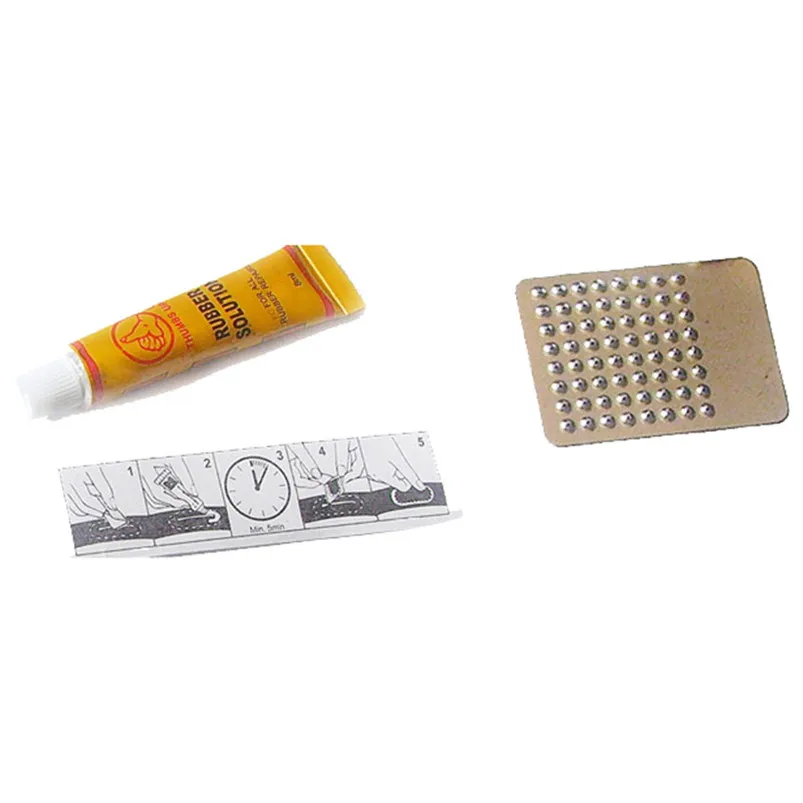 However, there are also disadvantages: the larger the hole, the higher the chance that the sealant will not be able to eliminate it, and such a repair can affect the wheel balance. Compared to a tourniquet, it can be considered even less reliable and preferable, but simpler.
However, there are also disadvantages: the larger the hole, the higher the chance that the sealant will not be able to eliminate it, and such a repair can affect the wheel balance. Compared to a tourniquet, it can be considered even less reliable and preferable, but simpler.
Repair options at a tire shop
If you put on a spare tire and brought the wheel to a tire shop, you may also be offered several repair options. Consider the most popular with an indication of the advantages and disadvantages.
1. The first repair method is the same harness installation as described above. As we remember, the tourniquet refers to a temporary repair, so among tire specialists this method is considered bad form, but many workshops do not exclude it from the list of services. All the advantages and disadvantages are the same here: such a repair will be the fastest, simplest and cheapest, but less reliable than other methods. It is worth choosing it in cases where the price and / or speed of the procedure is more important to you than anything else.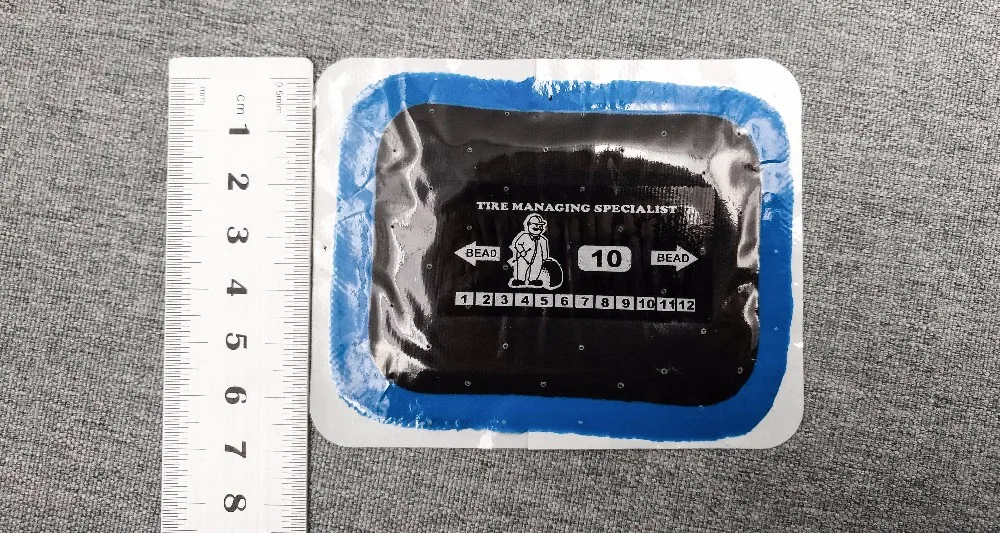 If quality is a priority, then it is better to fork out for the options listed below.
If quality is a priority, then it is better to fork out for the options listed below.
2. The second option for repairing a puncture is to install a patch on the inside of the tire, the so-called cold vulcanization. In this case, the tire is removed from the disk, the surface around the puncture is treated with an abrasive, and the damage is sealed with a special patch. This is a more preferred repair method than a tourniquet: it is more reliable and durable, especially in the case of side punctures, when not the thick tread part of the tire is damaged, but the thinner sidewall. Among the minuses, only a higher cost can be noted: in addition to the actual tire repair, you will have to pay for the removal and installation of the wheel (or do it yourself), tire fitting and balancing.
3. The third option is a "complex" of the first and second: installation of the so-called repair "fungus". The “hat” of the fungus is a patch, and the “leg” is threaded from the inside of the tire to the outside.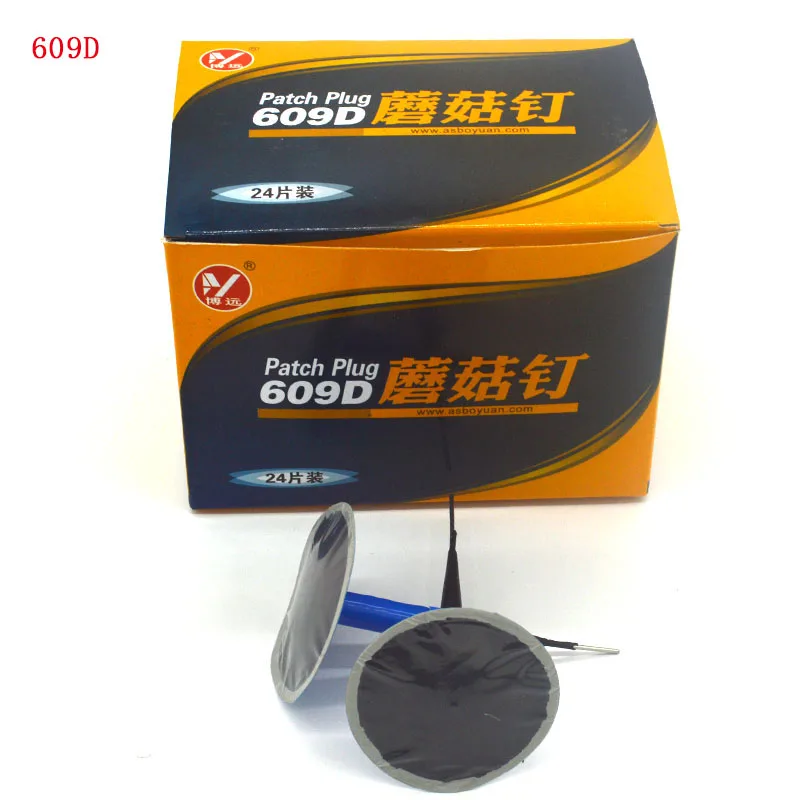 After gluing the patch, the excess part of the leg is cut off, as in the case of the tourniquet. Thus, not only the inner surface of the tire is closed, but also the hole itself. The advantages and disadvantages of this repair method are generally the same as those of a patch.
After gluing the patch, the excess part of the leg is cut off, as in the case of the tourniquet. Thus, not only the inner surface of the tire is closed, but also the hole itself. The advantages and disadvantages of this repair method are generally the same as those of a patch.
4. An extreme, “emergency” measure when repairing a punctured wheel is to install a camera in it. Typically, this method is used for tires that are no longer worth repairing, or “for reliability” after repairing a complex puncture. It should be understood that almost all modern tires are tubeless, that is, they are not designed to install a camera, so it’s not worth driving a wheel repaired in this way for a long time. Installing a tube is a temporary solution for riding until a new tire is purchased, and sometimes such wheels are left as spares. So this repair method can be kept in mind as a backup.
Finally
We have deliberately left out of this text such methods as combined repair of tires with a tourniquet and a patch and hot vulcanization.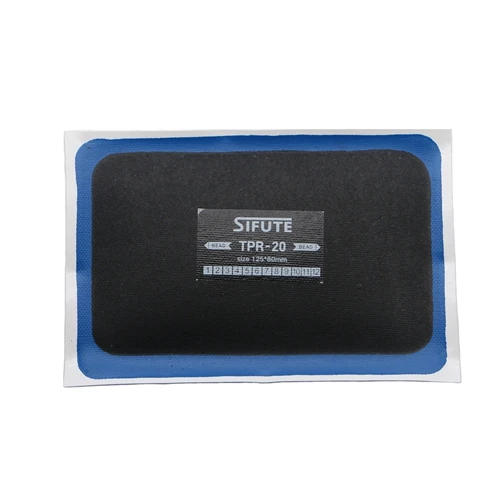 The first is used quite rarely and for specific damage, and it is enough just to know about its existence. Well, the second is used to repair serious side cuts, and it is not only rare, but also very expensive. The cut site in this case is prepared, filled with raw rubber and processed with a hot press for vulcanization. Equipment for this procedure is not available in every tire shop, and the cost of repair can be about half the cost of a new tire.
The first is used quite rarely and for specific damage, and it is enough just to know about its existence. Well, the second is used to repair serious side cuts, and it is not only rare, but also very expensive. The cut site in this case is prepared, filled with raw rubber and processed with a hot press for vulcanization. Equipment for this procedure is not available in every tire shop, and the cost of repair can be about half the cost of a new tire.
interesting popular questions
Articles / Popular questions What is an electronic PTS, why is it needed and how does it work Electronic PTS in the EAEU countries were approved back in 2015, actually appeared in Russia in 2018, and from November 1, 2020, all new PTS began to be issued only in electronic form. One... 134 0 0 11/28/2022
Articles / Used cars 5 reasons to buy and not to buy Volkswagen Passat CC "King of the track, but in the city he tears everyone"; "does not go at all"; "model of reliability"; “is pouring, without waiting for 100 thousand”; “great interior, quality materials”; “the interior is miserable, like in Polo”; ".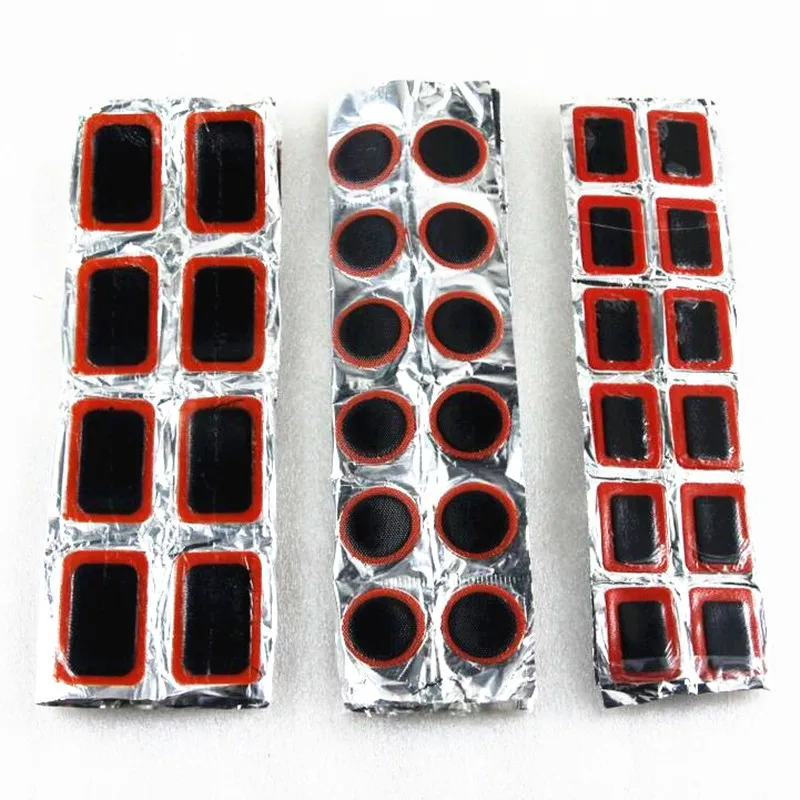 .. 874 12 0 11/27/2022
.. 874 12 0 11/27/2022
Articles / Tests Taxi fleet test: check what you know about the first generation Renault Logan "Citizen of the World", known to us under the name Logan and produced in the world under several different brands, this year celebrates its 18th anniversary. In honor of the "coming of age" of this involuntary love... 2778 0 2 11/26/2022
Test drives / Test drive Haval Dargo vs Mitsubishi Outlander: the dog is barking, the stranger is coming In the Haval dealership in the south of Moscow, life is in full swing: buyers look at cars, communicate with managers and sign some papers.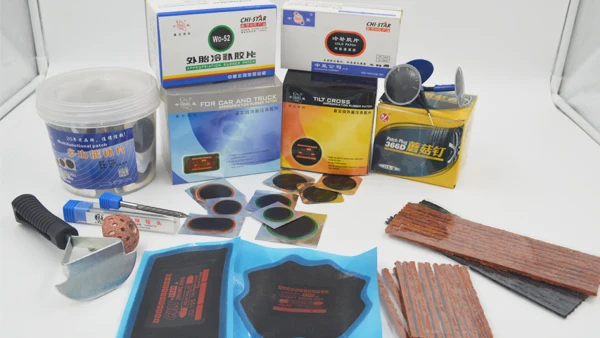 While I was waiting for the test Dargo, the same cross... 17682 7 205 13.09.2022
While I was waiting for the test Dargo, the same cross... 17682 7 205 13.09.2022
Test drives / Test drive Motor from Mercedes, emblem from Renault, assembly from Dacia: test drive of the European Logan 1.0 It would seem that what's new can be told about the second generation Renault Logan, known to every Russian taxi driver, as they say, up and down? However, this car has... 14239 ten 41 08/13/2022
Test drives / Test drive Geely Coolray vs Haval Jolion: Free Cheese? If! Do you want to buy a car today with a full warranty, on credit at an adequate rate, without wild dealer markups? Now this is still a task, because a full-fledged chain of "representation - s.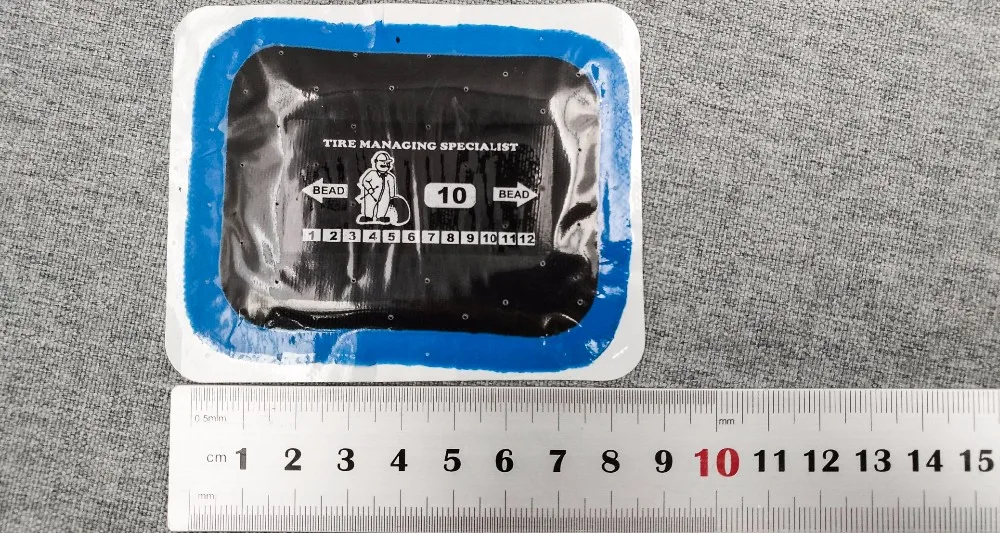 .. 11406 26 thirty 08/10/2022
.. 11406 26 thirty 08/10/2022
This method is mainly used to repair tire side cuts or to repair serious damage to the tread of a truck tire. Any motorist or professional driver knows the moments when, during a collision with a sharp object, a curb or a pothole at high speed, mechanical damage to the tire structure occurs. It can be a tear, a side cut, a tread cut or a hernia, as drivers call it. If this happens to you, do not rush to get rid of damaged tires. The company is ready to help you restore your tires to working condition using hot vulcanization. What is this process? To bond damaged rubber material, high temperature is used. To do this, you must pre-process the fastened part. After that, a plastic mixture is used, which is applied to damaged areas. Hot vulcanization is carried out using an electric vulcanizing press. When heated to + 200 ° degrees, the adhesion of the masses into one whole occurs. The duration of the vulcanization process depends on two factors: the temperature regime and the thickness of the surfaces to be joined. After connection, cooling is a prerequisite. The most reliable and effective way to repair tires is hot vulcanization, since this achieves the strongest joint formed, which prolongs the performance of the tires.0011
The company is ready to help you restore your tires to working condition using hot vulcanization. What is this process? To bond damaged rubber material, high temperature is used. To do this, you must pre-process the fastened part. After that, a plastic mixture is used, which is applied to damaged areas. Hot vulcanization is carried out using an electric vulcanizing press. When heated to + 200 ° degrees, the adhesion of the masses into one whole occurs. The duration of the vulcanization process depends on two factors: the temperature regime and the thickness of the surfaces to be joined. After connection, cooling is a prerequisite. The most reliable and effective way to repair tires is hot vulcanization, since this achieves the strongest joint formed, which prolongs the performance of the tires.0011
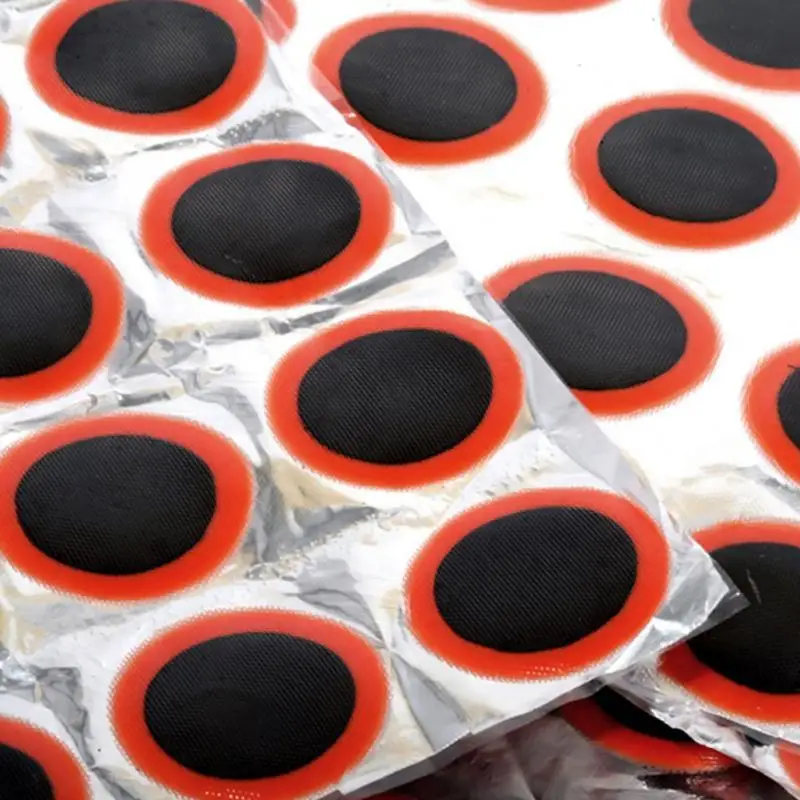 this is the foundation stone for this procedure.
this is the foundation stone for this procedure.  We apply hot glue on the inner surface in several layers. Each layer is applied separately and dries, after which the next one is applied. It is strictly forbidden to dry the glue artificially. A special thermal plaster is glued on top.
We apply hot glue on the inner surface in several layers. Each layer is applied separately and dries, after which the next one is applied. It is strictly forbidden to dry the glue artificially. A special thermal plaster is glued on top. 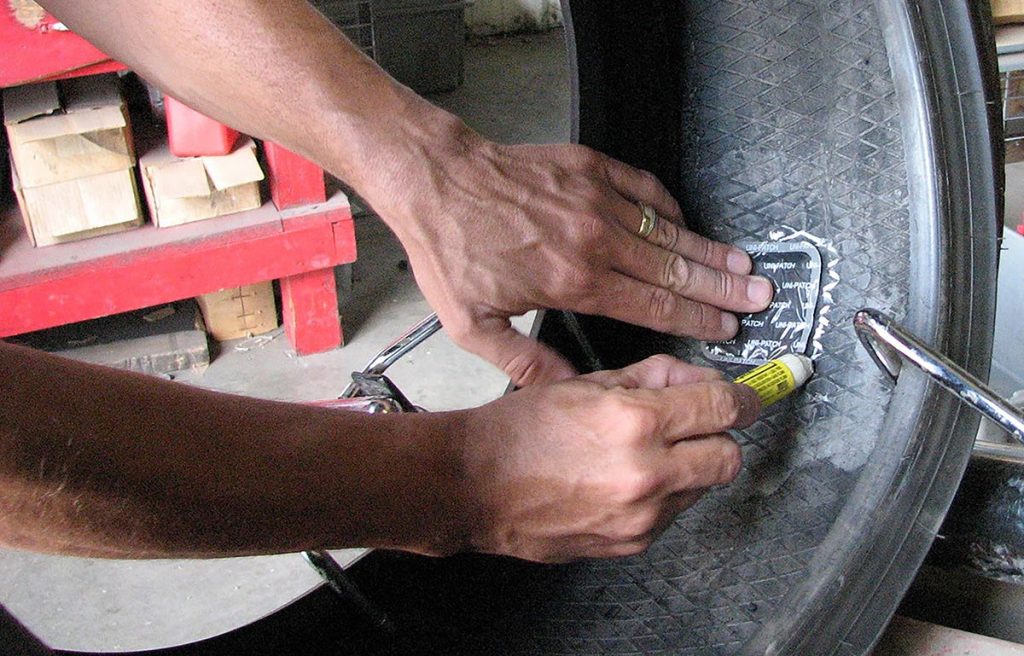
As you can see, in our tire center we do everything right and according to technology. Not many tire shops offer a guarantee on their work. We give a guarantee for any repairs performed by our masters.
If everything is done according to technology, according to all the rules, then the connection is strong and reliable. However, there are also drawbacks to this method. Deficiencies can result in delamination of patches, bulging or serious damage to the tire. Therefore, before starting tire repair, it is necessary to assess the complexity of the damage and the location. It is better to immediately turn to real masters than to throw away the exfoliated tire later.
Hot vulcanizing is not only used for repairing tire side cuts. This is the most optimal way for enterprises that have conveyor belts in stock. The hot vulcanization process itself is as close as possible to the conveyor belt manufacturing technology and the strength of the joint during this process practically corresponds to the strength of the belt.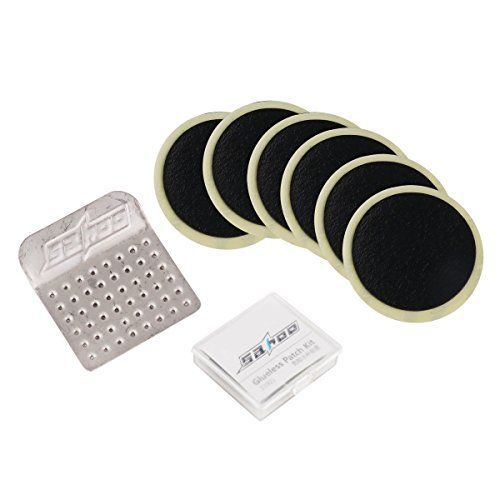
The price is highly dependent on the size of the lateral cut or hernia. In our tire workshop, the price for this service starts from 1200 rubles (hot vulcanization itself). In addition to it, you must pay for the installation of the patch. Prices for the installation of patches and patches can be found here.
Many people ask the question: “What should I do if a hernia appears on the wheel? Can you drive with a herniated tire? Why is this hernia dangerous? The best answer is to turn to the hot vulcanization method and remove the hernia from the tire. But let's go in order.
1. What causes a hernia on a wheel?
Hernia occurs in two cases. First: when the layers of rubber are delaminated, and air enters between the layers. From this case, you can easily insure yourself by buying high-quality rubber. Manufacturers of cheap rubber save on everything they can, so it's not surprising that the layers of this rubber delaminate.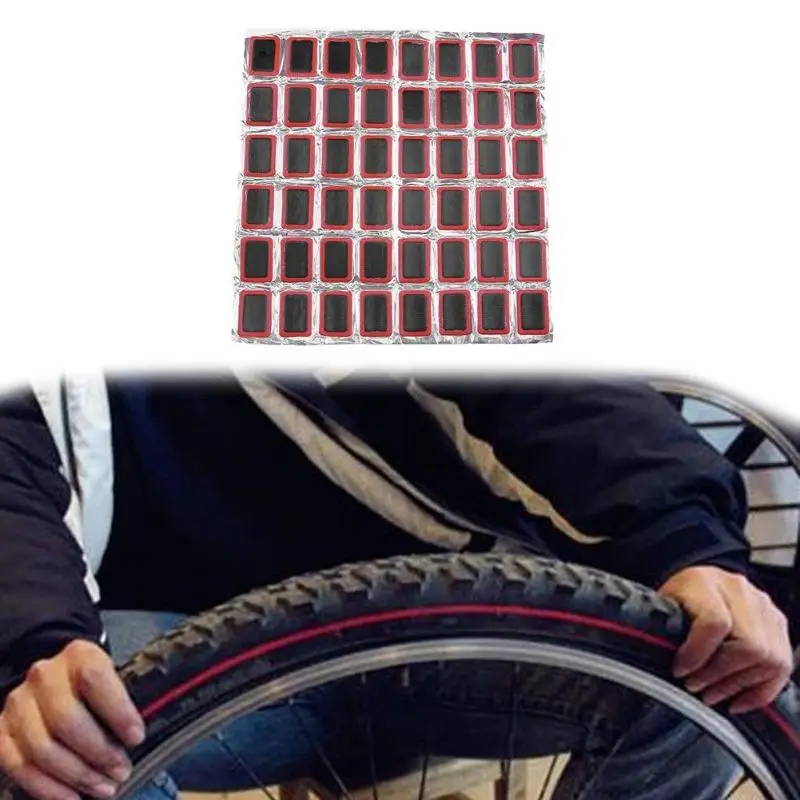 It happens the same way when a tire hits a bump or edge of a pit. The second case is when a cord breaks inside the tire. Such a hernia also appears from hitting a bump, the edge of a pit, or something similar. At the moment of impact, the cord inside the tire bursts, and the rubber stretches. After that, the cord no longer holds back the stretched rubber and it is not able to independently maintain pressure inside the tire. The rubber begins to swell, and, as a result, we see this swelling on the tire, which is called a hernia in the common people.
It happens the same way when a tire hits a bump or edge of a pit. The second case is when a cord breaks inside the tire. Such a hernia also appears from hitting a bump, the edge of a pit, or something similar. At the moment of impact, the cord inside the tire bursts, and the rubber stretches. After that, the cord no longer holds back the stretched rubber and it is not able to independently maintain pressure inside the tire. The rubber begins to swell, and, as a result, we see this swelling on the tire, which is called a hernia in the common people.
2. Can I drive with a herniated tire?
Of course not. The fact is that a hernia can burst at any time. Even if the wheel is just standing still, the pressure inside the tire is constantly acting on the hernia of the wheel and gradually inflates it. If you are moving at speed, then any pits and impacts on the wheel lead to sharp compressions, and this increases the pressure. You are in danger of flying into a ditch or into oncoming traffic if a wheel bursts. If you have a spare tire, it is better to put it on right away, and take the swollen wheel for repair. If there is no spare tire, drive at a minimum speed to the nearest tire shop, where there is a hot curing unit.
If you have a spare tire, it is better to put it on right away, and take the swollen wheel for repair. If there is no spare tire, drive at a minimum speed to the nearest tire shop, where there is a hot curing unit.
3. Can a herniated wheel be removed?
Of course you can. For this, there is a method of hot vulcanization. The process of hernia removal is identical to the repair of side cuts. First, the hernia is cut out with a margin of several centimeters. It must be cut to an intact cord and not stretched rubber without delamination. This is followed by all the same points as when repairing side cuts: the same thorough cleaning, roughening, processing and cleaning, choosing a patch and attaching it from the inside of the tire, applying a layer of raw rubber on top, and the process itself on the machine. In general, with the correct observance of all the technique of the process, the removal of hernias is not only possible, but also carried out with the guarantee that a hernia will not occur again.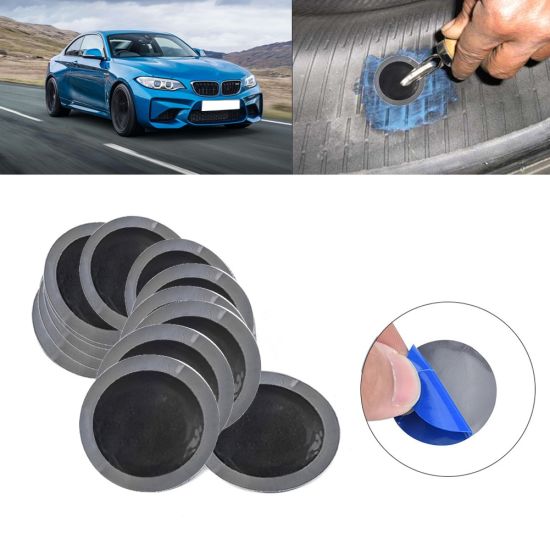 In our tire service, we do all the work with high quality and give a guarantee for all types of repairs, both side cuts and hernia repair.
In our tire service, we do all the work with high quality and give a guarantee for all types of repairs, both side cuts and hernia repair.
The most durable docking and recovery method.
Service life after refurbishment is directly related to working conditions.
After restoration, the product has almost the same service life as before repair.
The butt joint is very flexible and close to the original in flexibility.
Hot vulcanization of materials is possible at any time of the year, even at negative temperatures, which is very typical for our regions.
Using hot technology, a uniform product thickness can be achieved.
Possibility to work in conditions of increased pollution.
Low cost compared to cold process vulcanization.
Use of expensive, bulky and heavy special equipment.
Working on such a press requires certain skills and a high degree of qualification of the operating personnel.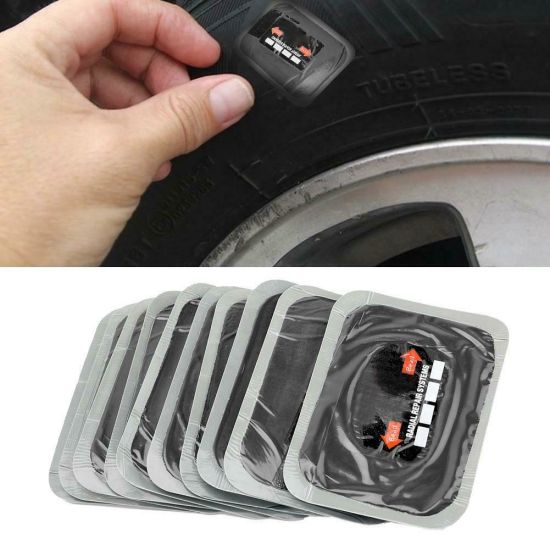
Availability of an industrial network from 220 V to 380 V.
You can order a hot vulcanization service by contacting our company. Experienced craftsmen are ready to provide prompt assistance in retreading truck tires using hot working methods, repair side cuts, and repair the edges of the conveyor belt directly at your enterprise. By ordering a hot vulcanization service on site, you save your money. You will not have to stop production for a long time and buy a new conveyor belt. We will restore the old tape, as soon as possible. This means that you will keep your clientele and will not suffer a big loss. Trust the professionals! Highly qualified specialists have been working in this direction for many years and are familiar with all the difficulties that arise. Therefore, the price you pay for hot working will more than pay off with the reliability and durability of the conveyor belt. High quality performance on modern equipment, low price for services and prompt execution is the key to the success of your company and easy movement on the roads.